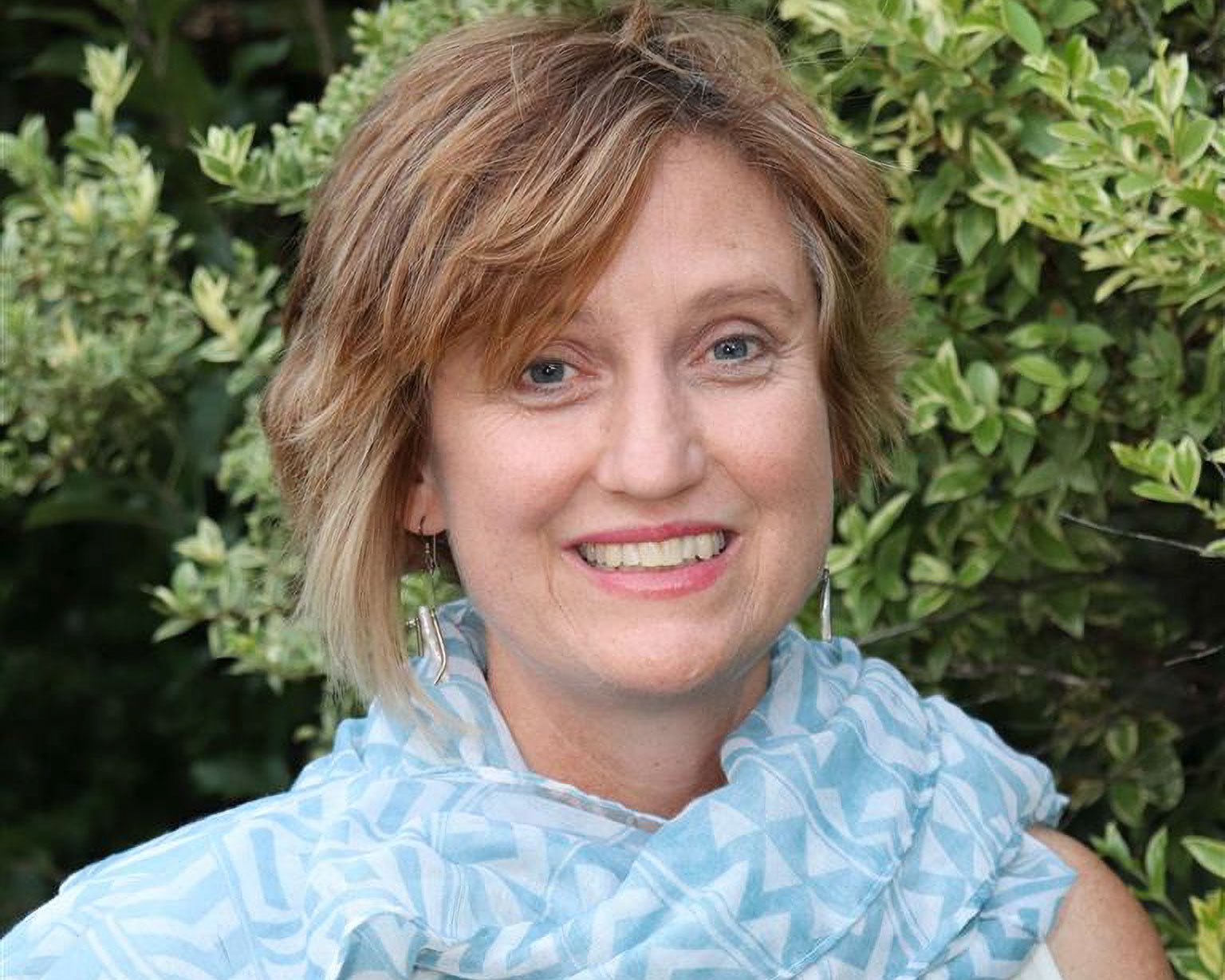
Evidence from the Royal Commission into the Black Saturday fires in 2009, where 173 people lost their lives, revealed that 69 per cent of deaths occurred while people were sheltering, with the bathroom being the most common location, accounting for 27 per cent of fatalities.
Another 22 per cent of people died outside of their home and 14 per cent died while fleeing in cars or on foot. Most of the people who died did not have a comprehensive bushfire survival plan.
The 2019-2020 Australian Black Summer fires killed 34 people, including nine firefighters.
A recent virtual reality experiment shows most people living in high-risk fire zones are still ‘woefully unprepared’.
The experiment which allowed people to experience a raging bushfire from a 3D headset has exposed some harsh truths about Australians living in high-risk fire zones.
By replicating a computer-generated bushfire using virtual reality, University of South Australia researchers studied the responses of 400 people in an Australian-first experiment, with some interesting results.
The ‘wait and see’ and the ‘stay and defend’
Prior to the exercise, 55 per cent said they would ‘wait and see’ on a severe fire day rather than committing to evacuate early or ‘stay and defend’, and more than two thirds of people (68 per cent) incorrectly believed the bathroom was the safest place to shelter.
In the wake of the VR exercise, which immersed respondents in every element of a fire crisis minus the heat, many of the non-committal group changed their minds, saying they were more likely to evacuate early after virtually experiencing the hellish conditions of a bushfire.
When followed up three months later, 75 per cent of participants remembered a salient lesson: shelter in a room with multiple exits as far away as possible from the fire front. The same percentage said the exercise had ‘greatly informed’ their understanding of a bushfire and the need for a survival plan.
The value of virtual reality
UniSA Professor of Environmental Science, Delene Weber, who oversaw the study with PhD candidate Safa Molan, says the results show how valuable virtual reality can be as a training and educational tool for people living in high-risk fire zones.
‘Many of these people have never experienced a life-threatening bushfire before and have no understanding of how they would react or what decisions they would make under extreme pressure,’ said Prof Weber. ‘But lack of preparation is not a new phenomenon. Records of the number of bushfire fatalities in the past 200 years show that almost a third of deaths have occurred because of late evacuation and poor decisions.’
The VR exercise with at-risk residents living in the Adelaide Hills, Gawler and Murraylands targeted the behavioural weaknesses and knowledge gaps that lead to injuries and fatalities.
A total of 17 scenes of a bushfire were experienced through the 3D headset, including early warning signs, changeable weather conditions, the sights and sounds of the fire ripping through a property and threatening lives, and after the fire front had passed.
Two versions of the VR scenario were prepared: one for residents who planned to ‘stay and defend’ and a second one for residents who intended to ‘wait and see’. The latter group were virtually prevented from leaving their property by a tree blocking their access route, reinforcing the need for a contingency plan.
A written survival plan
Prior to the exercise, 25 per cent of the ‘wait and see’ group had a written survival plan, compared to 52 per cent of the ‘stay and defend’ – still alarmingly low, considering many were CFS members.
In the VR scenario, receiving the CFS ‘watch and act’ message acted as a first trigger for 37 per cent of the ‘wait and see’ cohort to leave and another 20 per cent in that group elected to leave once their neighbours evacuated.
Just 14 per cent of that group decided they would stay and fight the fire after experiencing it virtually.
The ‘stay and defend’ cohort were more consistent and less erratic in their responses, the study shows.
Prof Weber said many respondents realised they were not ready to deal with a fire, both practically and emotionally.
‘What was clear from this virtual reality scenario is that we need fundamentally different approaches to educate people about bushfire plans, and VR is a very effective one.
‘The beauty of VR is that we can adapt and customise scenarios to target different groups of people, including women and those who are more vulnerable.
The findings have been published in the International Journal of Disaster Risk Reduction.



